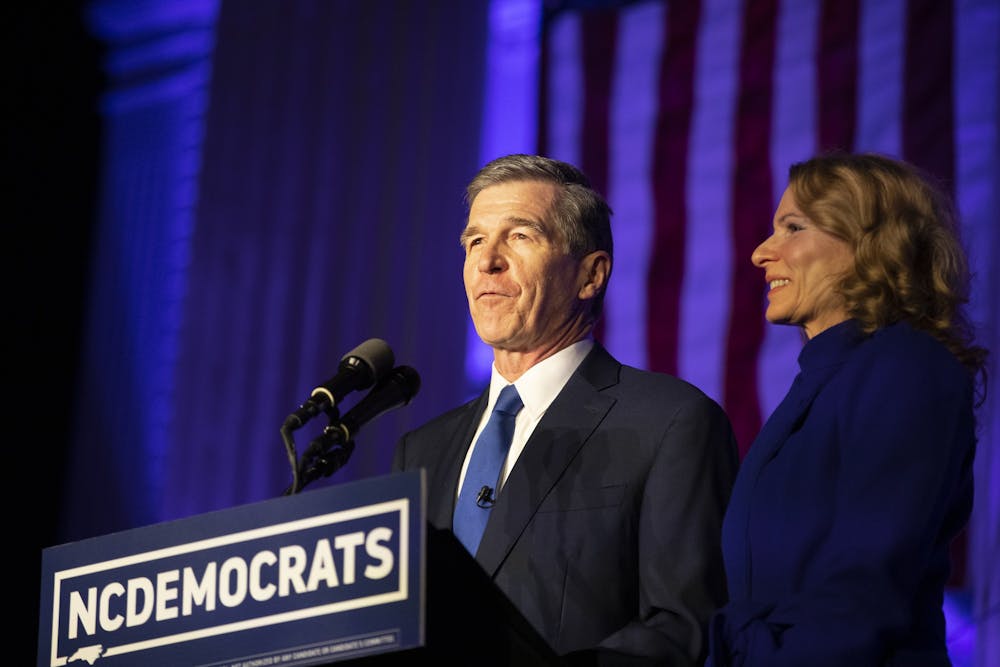She also said it was important to consider how the virus affects students of different ages, and said the state has different guidelines in place for different age groups in schools. She said high schoolers are like adults in terms of how the virus spreads among them, so increased precautions have to be taken when they return to the classroom compared to younger students.
Cohen said she hoped restrictions in schools, such as social distancing and mask mandates, could be eased in the future if case numbers drop sufficiently.
Second time’s the charm
This bill’s predecessor, SB 37, was mired in controversy since its inception and the subject of a month of heated debate.
Republicans in the legislature said the bill needed to be adopted urgently in order to prevent the virtual classroom from further damaging the state’s students. Most legislative Democrats opposed the bill, saying it was unnecessary—as almost all of the state’s school districts would be offering an in-person option by mid-March—and that it was a political ploy to make the governor look bad.
SB 220, on the other hand, coasted through both legislative chambers in two days. Both bills referred to the state’s StrongSchoolsNC Public Health Toolkit for safety guidelines, but this one contained a few key differences.
The new bill included different guidelines for students of different age groups: Students in grades kindergarten through five are to be provided the option of in-person instruction under Plan A (“Minimal Social Distancing,” as the bill calls it), while students in grades six through twelve are to be provided with the option for instruction under a Plan A or Plan B (“Six Feet Social Distancing”).
In a victory for legislative Republicans, the bill bars the governor from closing all of the state’s schools in a single executive order. He may still close individual school administrative units “when necessary to protect the health and safety of students in that unit.”
It also includes a $500,000 contract for Duke University’s ABC Collaborative to collect and analyze data related to COVID-19 and its prevalence among schools implementing Plan A instruction. The data is to be reported to state officials monthly through June 30.
Scheduling difficulties for schools
Though most school districts were already providing in-person instruction to their students in some form, Jeff Nash, executive director of community relations for Chapel Hill-Carrboro City Schools, said CHCCS has had to readjust its plans.
He said the district had planned to return elementary school students to in-person instruction under a hybrid format, with students returning to the classroom two days a week. Since the bill forces the district to allow students in grades kindergarten through five to return under Plan A, they will be in school four or five days a week instead.
He said this change meant the district had to survey its parents yet again to gauge whether or not they would send their students back to school, since the state’s reopening plan had changed since parents were last surveyed in February.
Nash said the biggest possible issue the district could face is scheduling. He said the district will have to work hard to make sure teachers’ and bus drivers’ schedules aligned with the students' needs.
He said CHCCS’s original plan was no longer viable, and SB 220 meant changes would have to be made quickly— especially in terms of elementary school students.
“That was all kind of thrown out the window,” Nash said, “because now we’re told we’re going to go ahead with Plan A — which is okay. We just needed to rework our plans.”
He said CHCCS will be ready to accept students on Monday, as the rest of the state prepares to welcome its students back to the classroom under the new law.
@DTHCityState | city@dailytarheel.com



